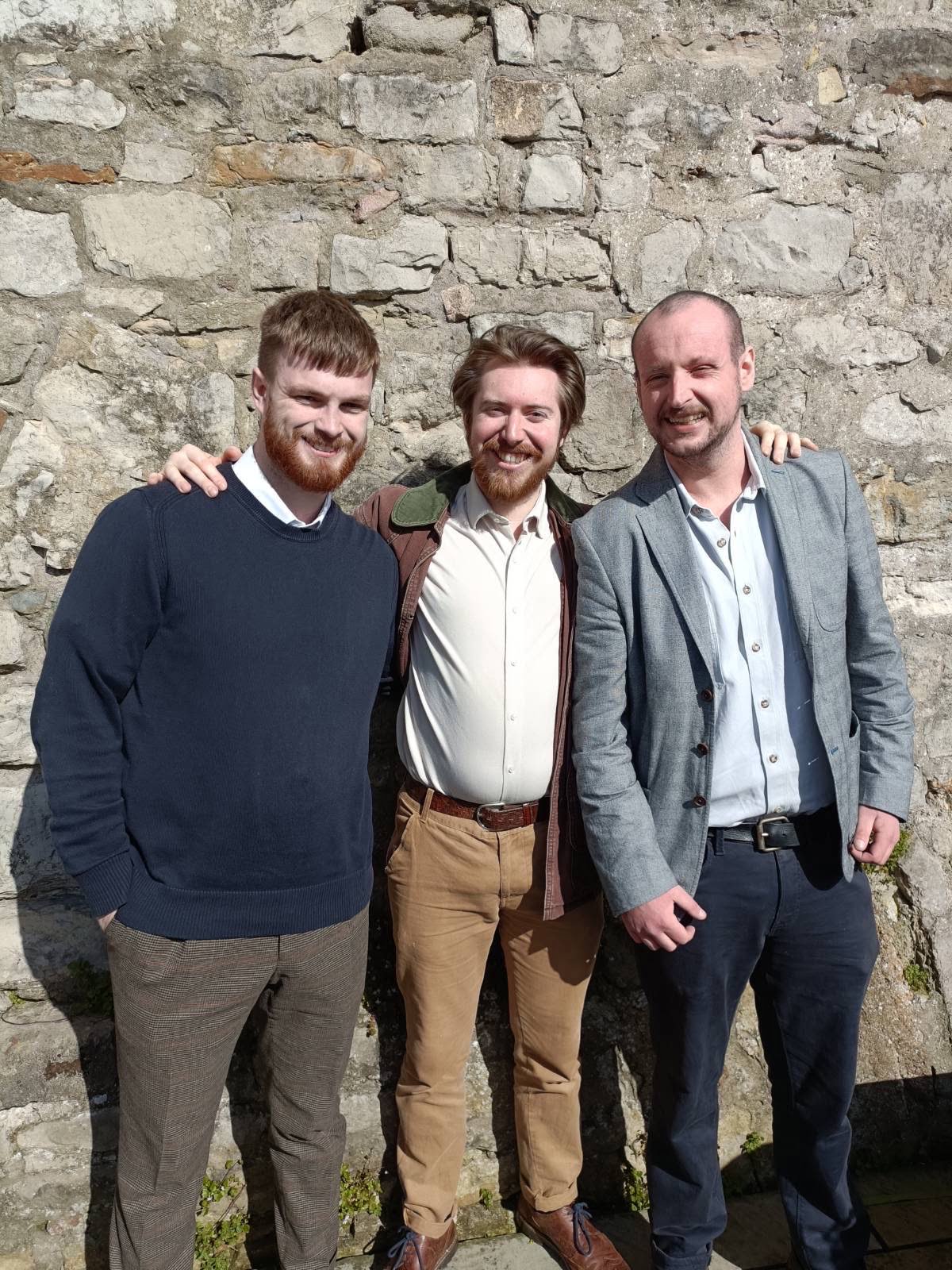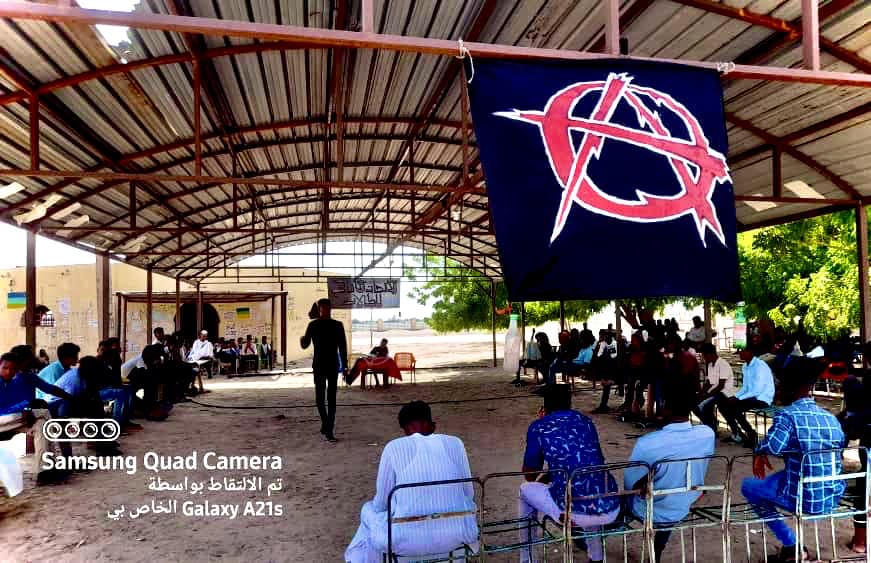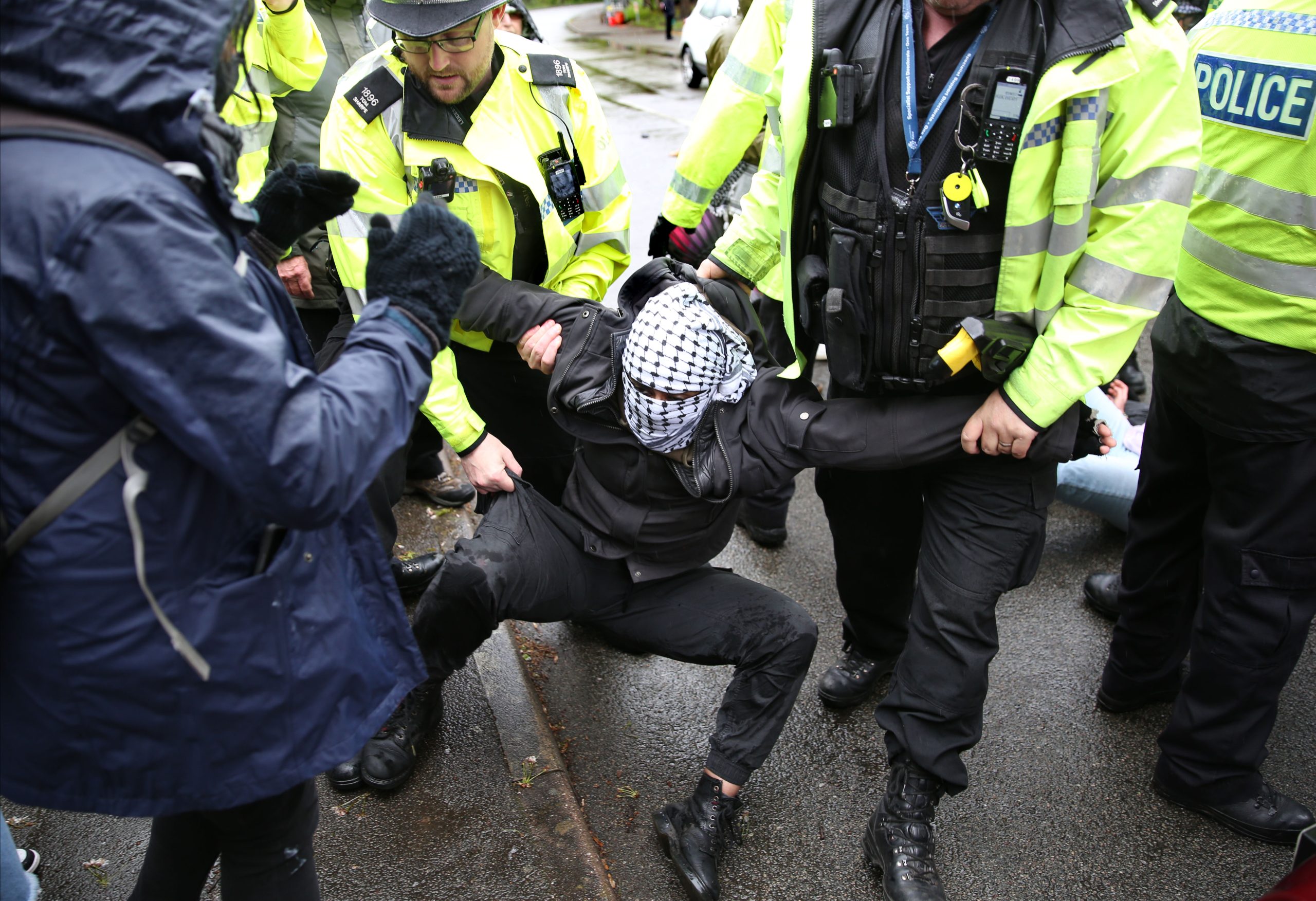The Polish parliament had voted through a new law effectively criminalising hunt sabotage. The law still needs to be approved by Poland’s president, who is unlikely to veto it.
According to the new bill, people found “intentionally obstructing a hunt” will be a subject to a punishment of up to one-year imprisonment. The punishment for on obstruction of the so-called “sanitary hunt” will be even harsher: up to three years in prison.
Additionally, the new law grants hunters an array of other privileges: hunting will be allowed during both day and night, in the proximity of human settlements, and the hunts were permitted army and police protection. Silencer guns will also be allowed. What’s more, any landowner objecting to hunting on their property will not be allowed to ask the hunt to leave.
During the debate on the new bill in the upper house of the Polish parliament, it was explicitly stated that the new bill was designed to target anti-hunt activists. However, even ordinary citizens can find themselves on the wrong side of the law. Potentially, any group of people, be it hikers, mushroom foragers, school trips and others can be accused of obstructing the hunt if they happen to be in its vicinity.
In Poland, only about 0.3% of the population are hunters. Like in many other countries, hunting is considered an expensive “sport” with one hunting association estimating the cost of basic equipment and necessary permits above £2,600 (13,146 Polish Zloty). Hunting is also unpopular in Polish society, and many hunt sab groups are forming across the country.
Hunters in Poland cause a significant number of accidents, with at least 13 people dying in the past five years. Some of them were hunters; however, passers-by also suffer.
In 2016, a cyclist died after he was shot dead by a hunter close to the city of Poznan, Western Poland. That same year, a hunter shot dead a man during a night hunt. In 2017, another person died after being shot dead by a hunter who thought he is aiming at a wild boar. In May 2019, a stranded bullet from a hunt broke a window of a house and ended up in the living room where a family of three were sitting. In June 2019, another hunter shot a man dead, again mistaking him for a wild boar. On 12th January 2020, people using a popular hiking path in southeastern Poland were forced to flee fearing for their lives after they heard gunshots from a nearby hunt which didn’t even bother to mark the area where they will fire.
The biggest victims of hunting are, without a doubt, animals. In the 2018/2019 hunting season, hunters in Poland murdered over 300 thousand deer, almost 154 thousand foxes, 103 thousand pheasants and 266 thousand wild boar. There are also reported incidents of hunters killing dogs and protected animals such as European bison ( with population in Poland estimated at less than 2000), and wolves.
However, it is the wild boar who is particularly affected by hunting. The animal is a subject to a cull, or “sanitary hunting” due to an outbreak of African Swine Fever (ASF): a viral disease spreading among both wild boar and domestic pig population. While harmless in humans, the virus causes significant economic loses to farmers and a disruption of international trade of animals and meat.
In 2014, the authorities announced the presence of ASF in Poland, and from 2015 to 2017, nearly 1 million wild boar were culled to contain the virus: despite of the fact that both scientists and environmentalists agreed that killing of wild animals isn’t an effective strategy to fight ASF, and in fact is helping with the spread of the virus.
In the open letter to Polish PM signed by over 1100 scientists, the authors state:
“Mass hunting of wild boars will not ensure the achievement of the goal it is intended to serve, i.e. stopping the expansion of the ASF virus in Poland. To the contrary, both the guidelines of the European Food Safety Authority (EFSA) and national practice show that mass wild boar hunting contributes significantly to the spread of the virus. This is due to (1) increasing the range of movement of frightened animals that infect further individuals, (2) contamination of the environment with the blood of infected boars, which may be a source of new infections, and (3) more frequent contact with blood and remains of infected boars by hunters , without the possibility of effective decontamination in hunting conditions. Increased mobility of hunters under mass shots can lead to virus transmission over long distances.”
The reality, as usual, proved the scientists right. The cull between 2015 and 2017, the one leading to the death of close to a million animals, seems to have aided the ASF in its spread among the wild boar population. In 2015, there were only 44 reports of ASF in wild boar. This number grew to 687 in 2017 and reached 3300 in 2018. The virus also advanced further West, with a sick animal found as close as 40 kilometres from the German border.
Regardless of the facts, the cull will continue, and opposing it will be made even more difficult by the new law.
~zb
Image: Wiki Commons, CC BY-SA 3.0








